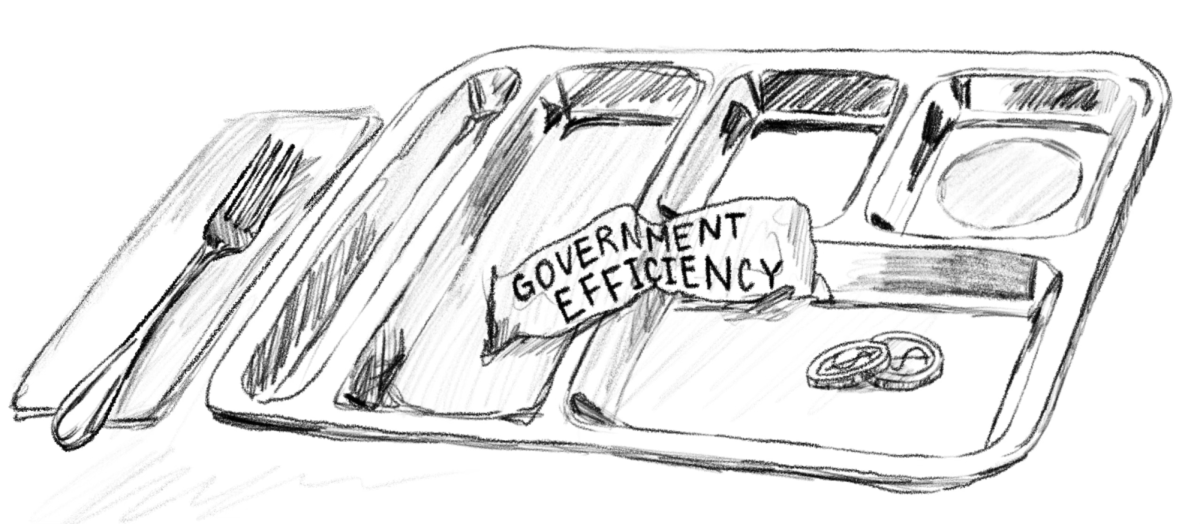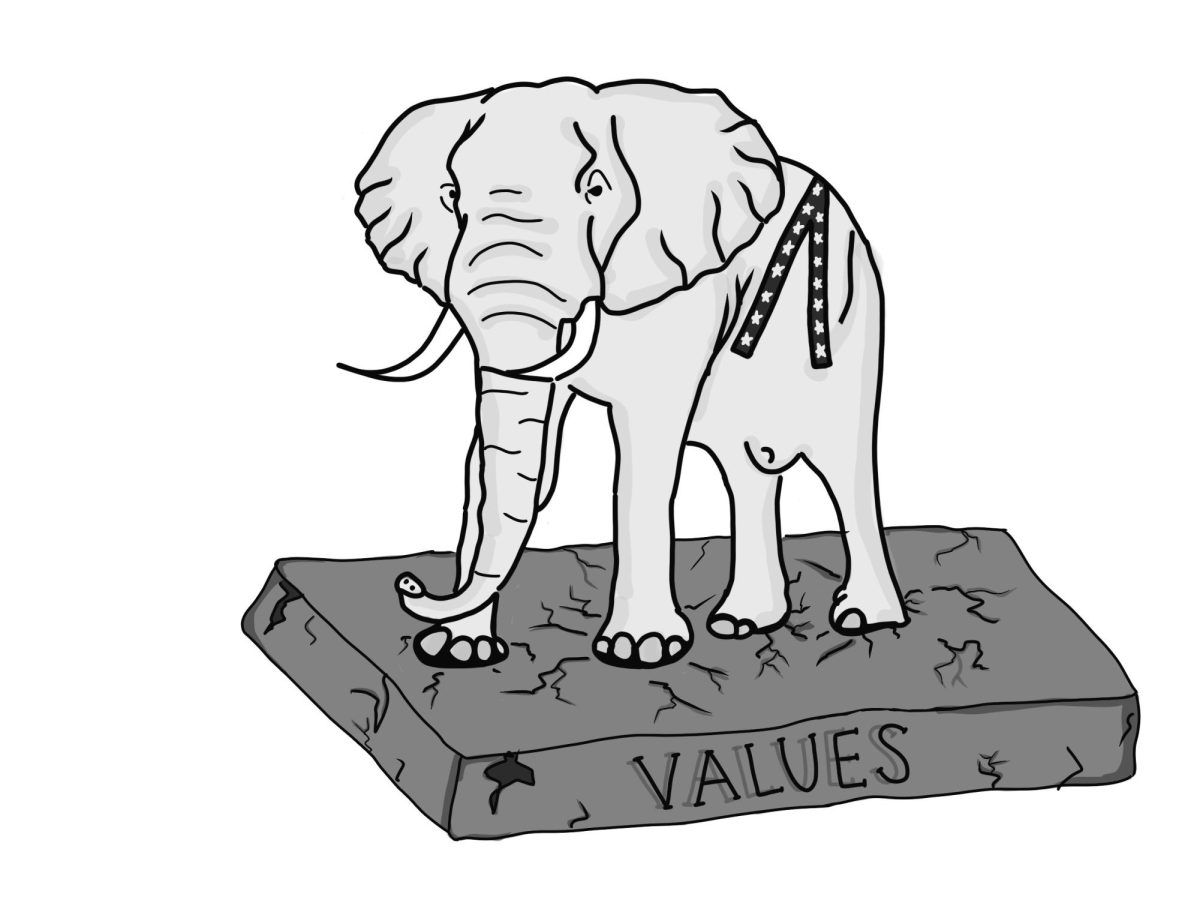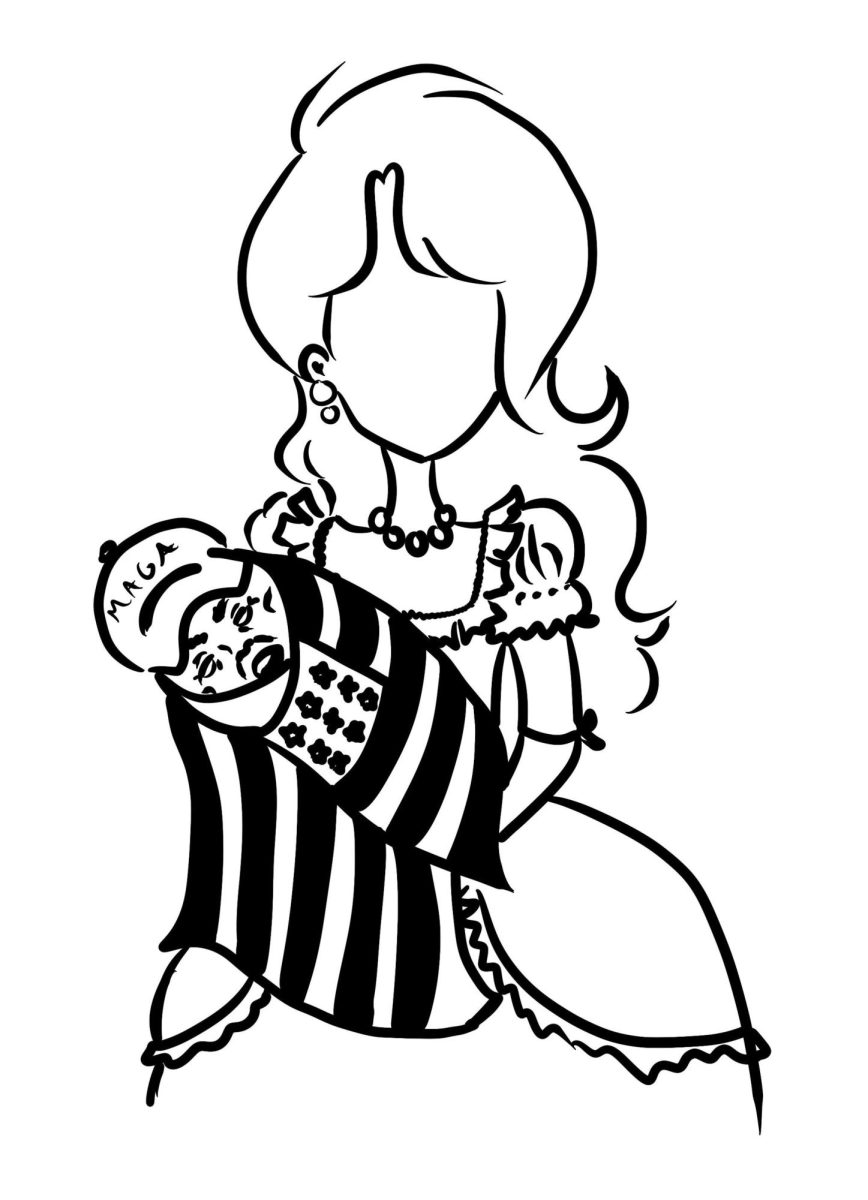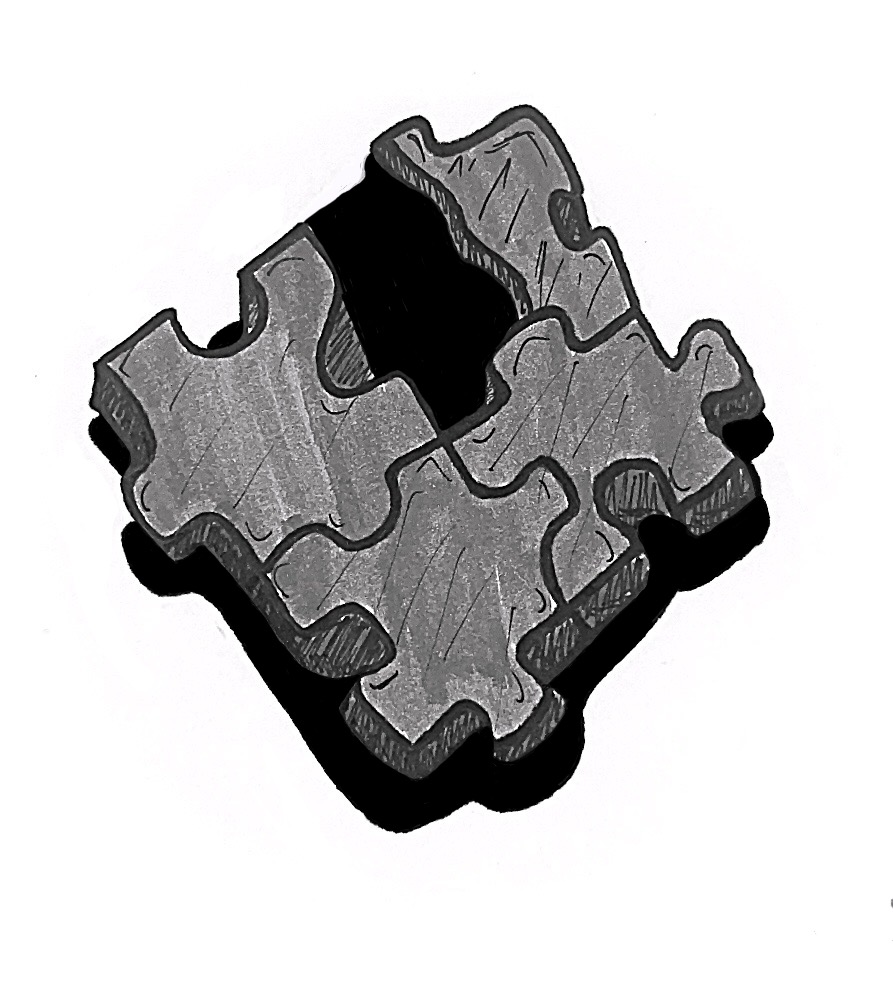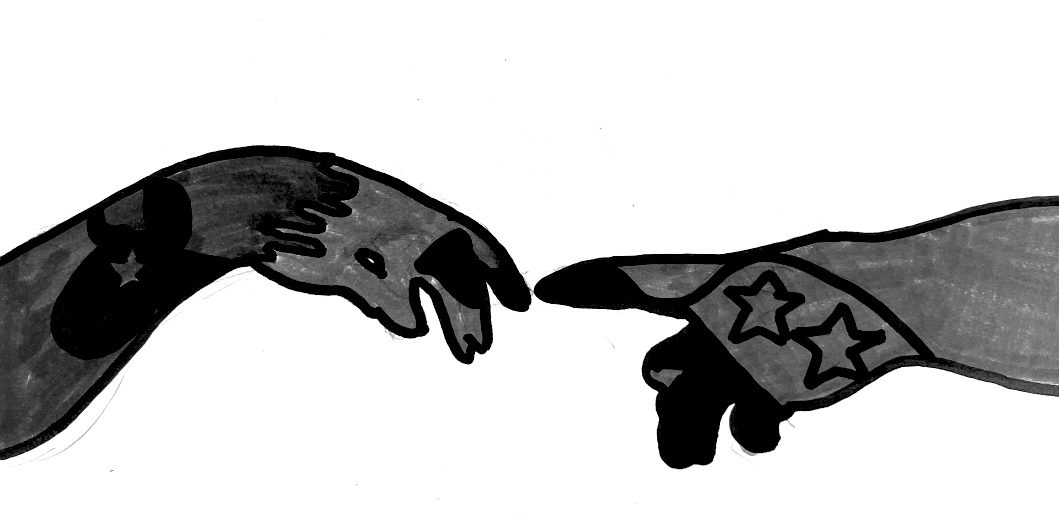Maybe it’s someone on TikTok proudly showing off their Stranger Things cosplay; maybe it’s a girl enthusing about her love for fanfiction. Maybe it’s making extended eye contact with a stranger through a car window. All these things could constitute the uniquely human experience that is cringe — defined by the Oxford Dictionary as “an inward feeling of acute embarrassment or awkwardness.”
The importance of “cringe” to the internet — and its unique role in virality — is nothing new. Think about the try-not-to-laugh compilations of our middle school years, featuring people mispronouncing simple words or a retail worker snapping at an entitled customer. Much like cringe today, these compilations and Vines often capitalized on the vulnerability of those in positions of lesser societal power — a fat woman swimming, a kid falling off his bike. However, in addition to this, cringe has taken on a new connotation: the fear of being seen as trying too hard or caring too much. In all of these cases — whether “cringe” is being assigned to interests seen as weird, to legitimately embarrassing moments, or to the mere concept of caring more than society deems appropriate — it has been a corrosive force that prevents us from authentically living our lives.
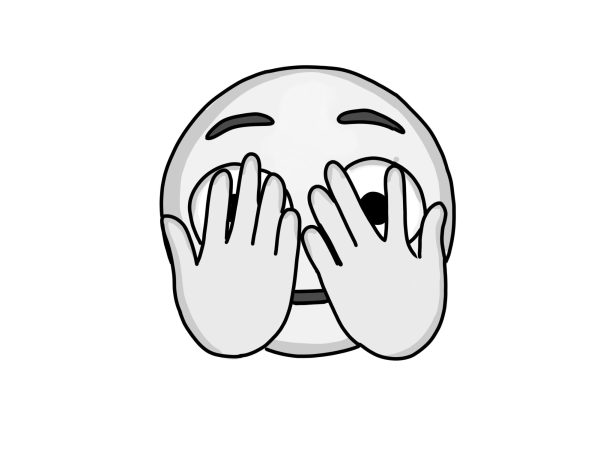
Being able to laugh at ourselves is an essential skill that cringe has prevented us from developing. Something often labeled as “cringe” is mistakenly waving at somebody, thinking they are waving at you. But that is just a fact of being human, even if it is unfortunate. “Cringe” has rewritten the script of normal embarrassment, demonizing it into something we should avoid at all costs.
For Boston University psychologist Stefan Hoffman, who works at the Center for Anxiety and Related Disorders, dealing with embarrassment is precisely his goal for his patients. He designs exercises for his patients with anxiety to put people in situations that they fear most. (One of his patients was instructed to sing the first three verses of “Mary Had a Little Lamb on the side of the street.”) The outcome? His patients learned how to laugh at themselves and could get over some of their anxiety towards average social situations.
According to an article by Anuja Anil Pradhan and Carly Drake, professors at North Central College and the University of Southern Denmark, who studied their reactions to “cringe” while watching the show “Indian Matchmaking,” cringe entertainment like reality television and “The Office” can be a source of connection.
“Cringe is more than a fleeting feeling or fodder for yet another reality TV franchise, and maybe it’s a good thing that so many people are drawn to this sort of content. In our case, pushing past secondhand embarrassment and reflecting a bit helped us better understand ourselves and each other,” they wrote.
To an extent, cringe exists for a reason — to tell us when we are going against the principles of society, or at least the principles as we have interpreted them. However, its role in limiting how we authentically pursue our passions and in changing how we relate to others has become a corrosive force.
But there is light on the horizon for the future of cringe. Upon winning the Screen Actors Guild (SAG) award for Best Actor, Timothée Chalamet gave a speech professing his pursuit of greatness in acting.
“I know the classiest thing would be to downplay the effort that went into this role and how much this means to me, but the truth is this was five years of my life,” Chalamet said. “I’m really in pursuit of greatness. People don’t usually talk like that, but I want to be one of the greats. I’m inspired by the greats.”
He’s a great actor, so he can get away with this. But I think we should all be taking something from this, which is that trying can be cool. It is cool. We shouldn’t restrict ourselves from pursuing our passions as much as we want to, as authentically as we want to, with the goal of not appearing cringe.
We should let ourselves cringe. Similarly, we should not jump to assume that the cringe we feel is inherently bad; yes, there may be people online or in our lives who like something embarrassing, and maybe they like it to the point of it being slightly embarrassing. But rather than rejecting that emotion — or preventing ourselves from pursuing our interests — we should embrace the cringe, now and forever, and be the cringe we wish to see.


